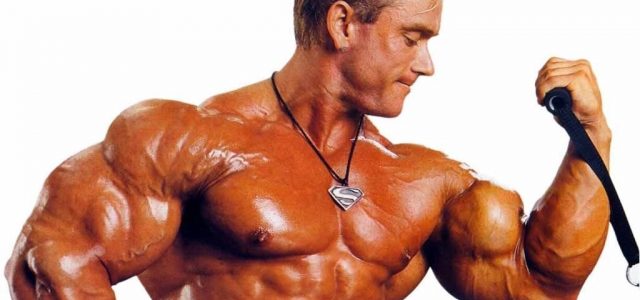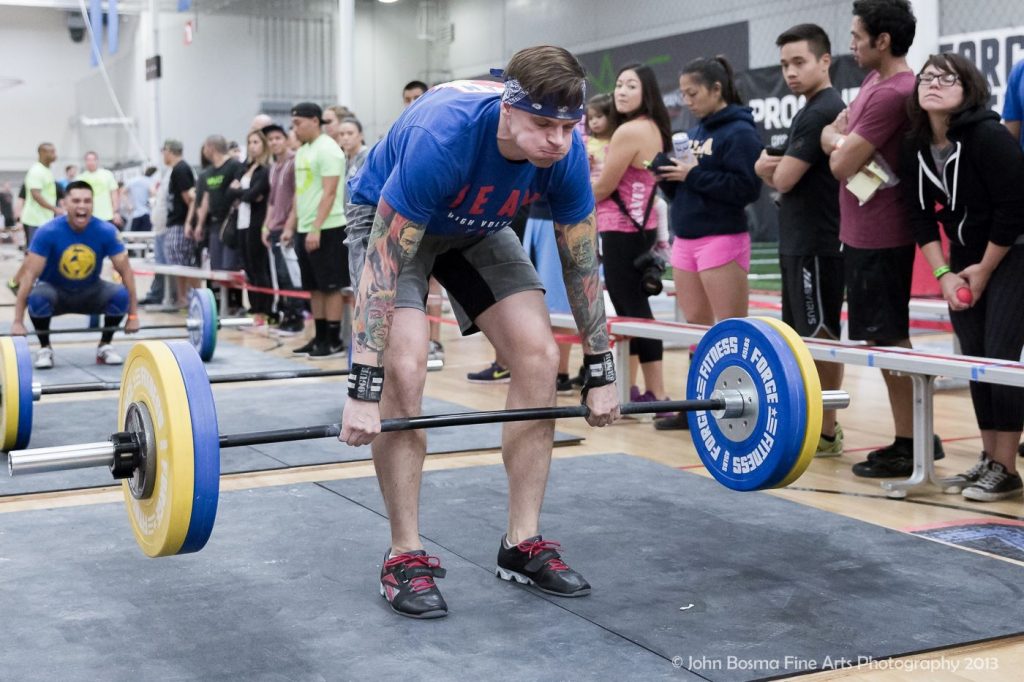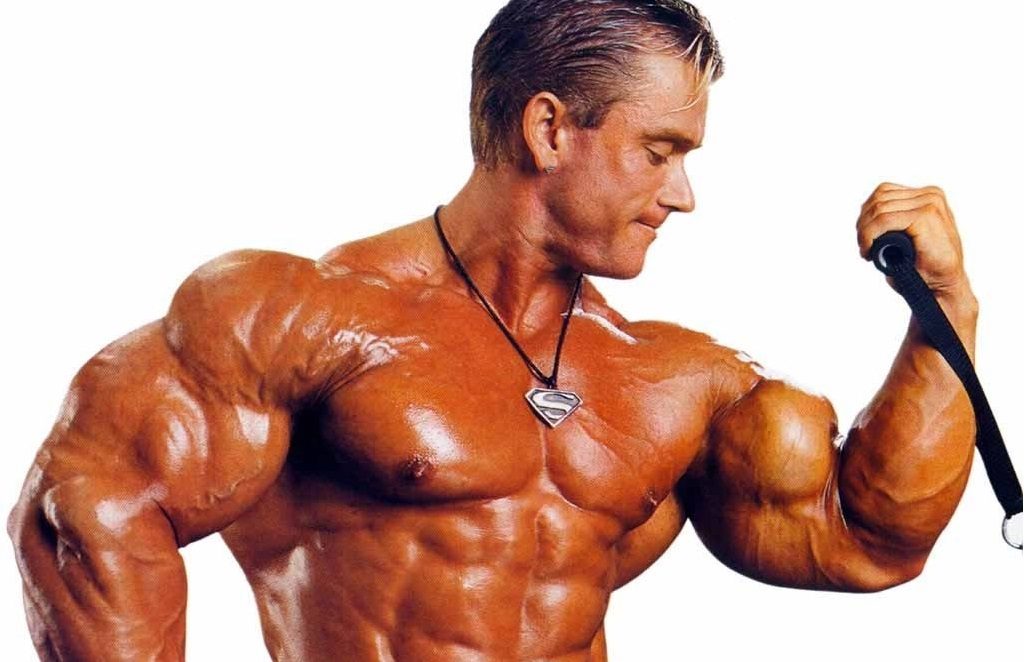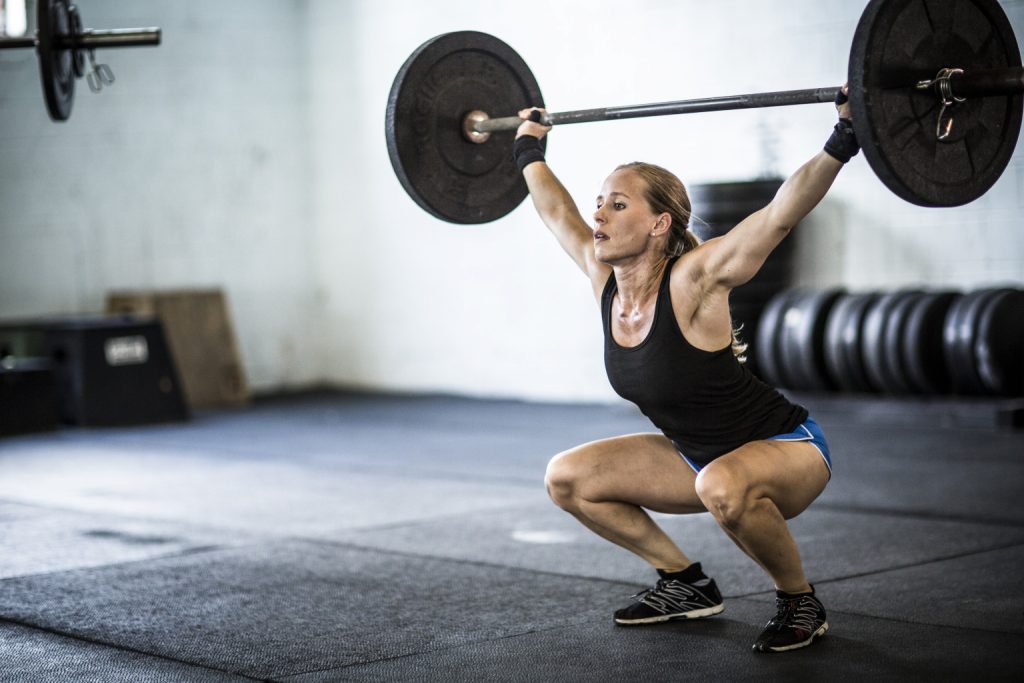
“Hey bro, how’s my form?” -Lifter who just wants a compliment.
The gold standard of lifting correctly is maintaining proper form throughout a lift, but it may be time we reconsider this vague term. Borrowed from Kelly Starrett, a well-respected educator, the term technique may more clearly describe quality movement patterns.
Essentially technique is the methodology (muscle pattern, intensity, the way you apply tension) that precedes form. By the time your form demonstrates that you’ve used poor technique, it’s too late.
The value for this necessary change rests with understanding the difference between these two terms, and understanding how orienting them to our workouts is critical to long-term mobility.
Definition of Form
From Dictionary.com:
form [fawrm] noun
- external appearance of a clearly defined area, as distinguished from color or material;configuration:a triangular form.
- the shape of a thing or person.
- a body, especially that of a human being.
Definitively, all of these describe a very superficial understanding of an object in space. They are external observations.
The problem with form is the subjectivity of observation. It is entirely possible for the form of your movement to look just fine, while below the surface everything you are doing is not ideal.
Quality movements could be defined as movements that don’t hurt or those that cause eventual pain. Consider that movement which appears to have proper form may not cause immediate pain.
It matters to your pain cycle that you understand proper technique to avoid this; technique over form.
Definition of Technique
From Dictionary.com:
technique [tek-neek] noun
- the manner and ability with which an artist, writer, dancer, athlete, or the like employs the technical skills of a particular art or field of endeavor.
- the body of specialized procedures and methods used in any specific field, especially in an area of applied science.
- method of performance; way of accomplishing.
Technique breaks away from form by removing the observer. While technique can be observed, the employment of technique begins with the lifter, with self-awareness.
From an observer’s external viewpoint, there would be little difference between good or bad technique, barring the form was generally good.
In this regard, we don’t invalidate form completely. External observations of form could still be useful feedback, but form feedback should be considered as ancillary to technique.
If the lift still looks like “improper form,” that doesn’t mean the lifter is disconnected from her technique. She may be attempting good technique but coming up short. There are many reasons why this could happen; too many to go into but usually related to mobility issues.
Why the Difference Matters
The key is not a matter of splitting hairs. Both technique and form describe movement, but technique shifts ownership or awareness to the lifter.
Most of our movements in life will be without the watchful eye of a friend or mirror. The sooner we get used to considering our technique when moving, the sooner we grow our consciousness.
The more aware we are of our movement, the better we will move. The less we will injure ourselves. The longer we will be able to move in life.
That should be all of our movement goals, ultimately: lifetime independence.



